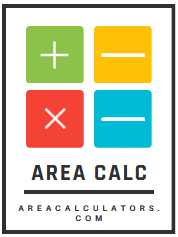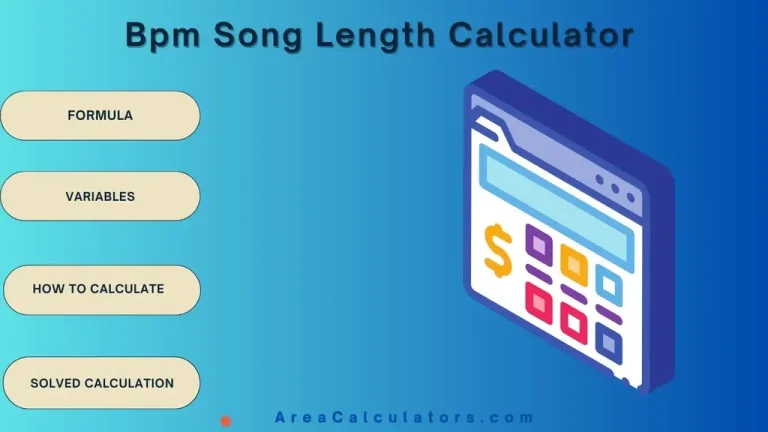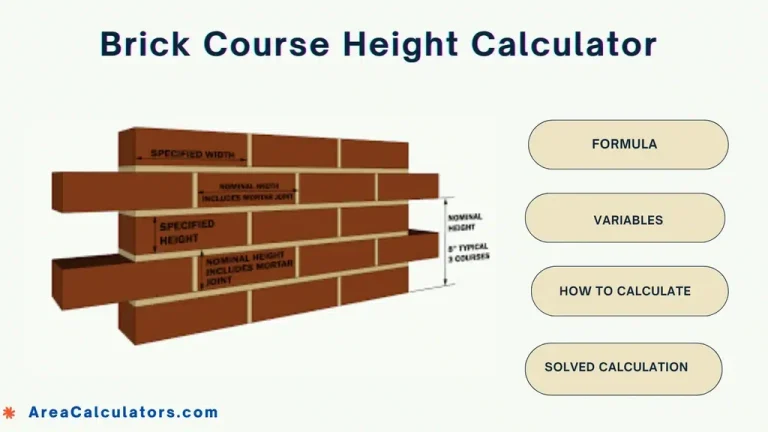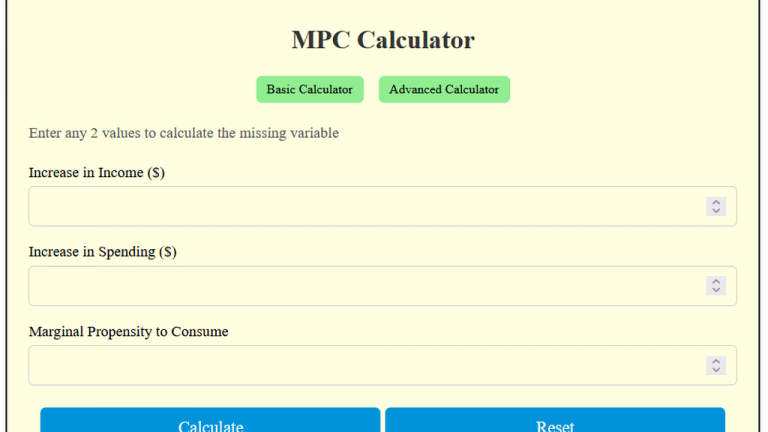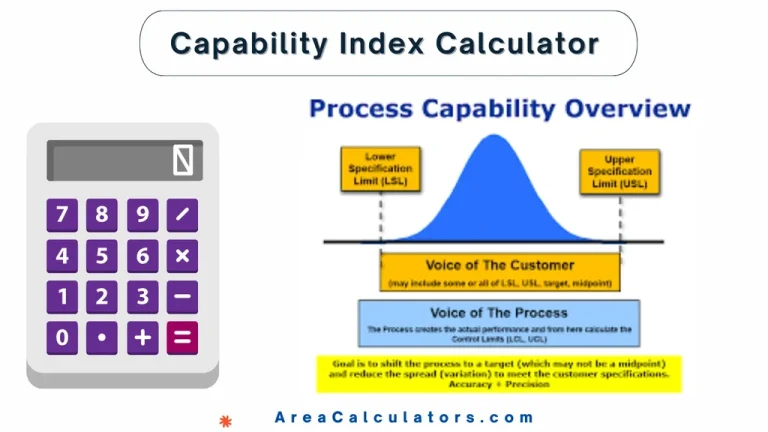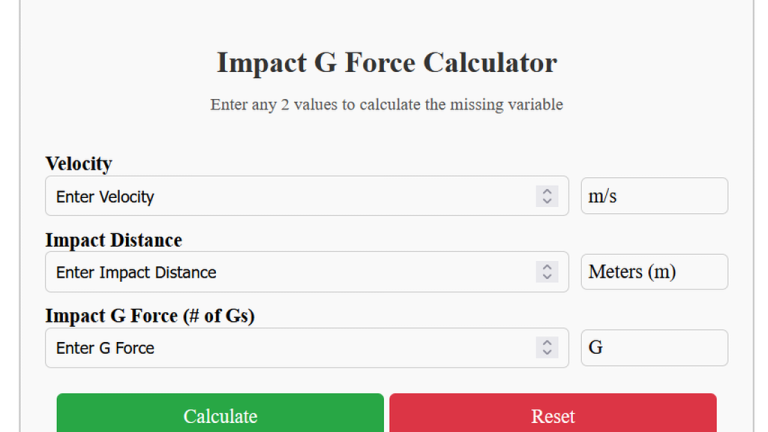Bypass Capacitor Calculator
Enter the values as required i basic and advanced Bypass Capacitor Calculator for easy, simple calculations.
A bypass capacitor is an indispensable tool in electronic circuits. It is used to stabilize voltage and filter out noise. For the purpose of effective noise reduction and circuit stability a right type of bypass capacitor be chosen as it is too important for the balanced performance of electronic circuits against high frequency noise and balanced voltage levels.
Formula:
The formula is:
Variables:
| Variable | Meaning |
|---|---|
| C | Capacitance of the bypass capacitor (in Farads) |
| I | Current (in Amperes) |
| Voltage ripple (in Volts) | |
| f | Frequency of the ripple or noise (in Hertz) |
How to Calculate ?
First of all you have to determine the current (I) flowing through the circuit. In the next, measure the voltage ripple (), which is the unwanted fluctuation in voltage. After that, determine the frequency (f) of the noise or ripple you wish to filter out. And finally, multiply the current (I) by the voltage ripple (), and divide by the product of the frequency (f) and the voltage ripple () to calculate the capacitance (C) required for the bypass capacitor.
Solved Example Calculation:
Example 1:
Given:
- Current (I) = 0.5 Amperes
- Voltage ripple () = 0.1 Volts
- Frequency (f) = 1000 Hertz
| Calculation | Instructions |
|---|---|
| Step 1: C = | Start with the formula. |
| Step 2: C = | Replace I with 0.5 A, with 0.1 V, and f with 1000 Hz. |
| Step 3: C = | Multiply 0.5 by 0.1 to get 0.05, and 1000 by 0.1 to get 100. |
| Step 4: C = 0.0005 Farads | Divide 0.05 by 100 to get the capacitance. |
Answer:
The capacitance required is 0.0005 Farads (or 500 microfarads).

Example 2:
Given:
- Current (I) = 1 Ampere
- Voltage ripple () = 0.05 Volts
- Frequency (f) = 2000 Hertz
| Calculation | Instructions |
|---|---|
| Step 1: C = | Start with the formula. |
| Step 2: C = | Replace I with 1 A, with 0.05 V, and f with 2000 Hz. |
| Step 3: C = | Multiply 1 by 0.05 to get 0.05, and 2000 by 0.05 to get 100. |
| Step 4: C = 0.0005 Farads | Divide 0.05 by 100 to get the capacitance. |
Answer:
The capacitance required is 0.0005 Farads (or 500 microfarads).
What is Bypass Capacitor?
A bypass capacitor is important in electronic circuits to helps to stabilize voltage levels and filter out noise. It ensures the smooth operation of the components. It is placed parallel to the power supply and the load to provide a low impedance path for high-frequency noise and ripple.
A bypass capacitor calculator helps making this calculation easy and instant. Because you get the out when you put the required values to get instant answer. ,
The choice of right bypass capacitor calculator depends upon not only the type and size of the capacitor, but also its connection in the circuit. For example, ceramic capacitors are commonly used for high-frequency applications due to their low inductance.
Moreover, the placement of the capacitor is also critical. You should keep it as close as possible to the power supply pin of the active component to minimize noise. A bypass capacitor calculator lets you to see the capacitance and sound type and placement of capacitor in circuit.
Final Words:
The Bypass Capacitor Calculator finds extensive application in electronic circuit design and troubleshooting. It is equally important for enthusiasts and professionals.
